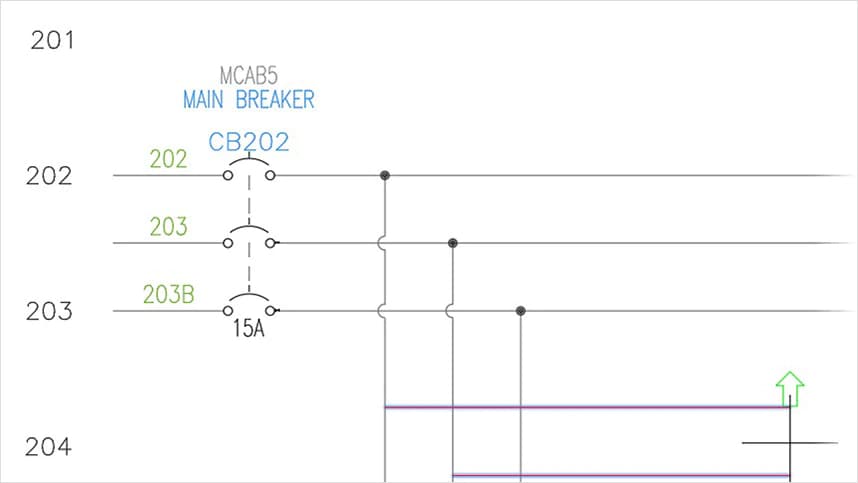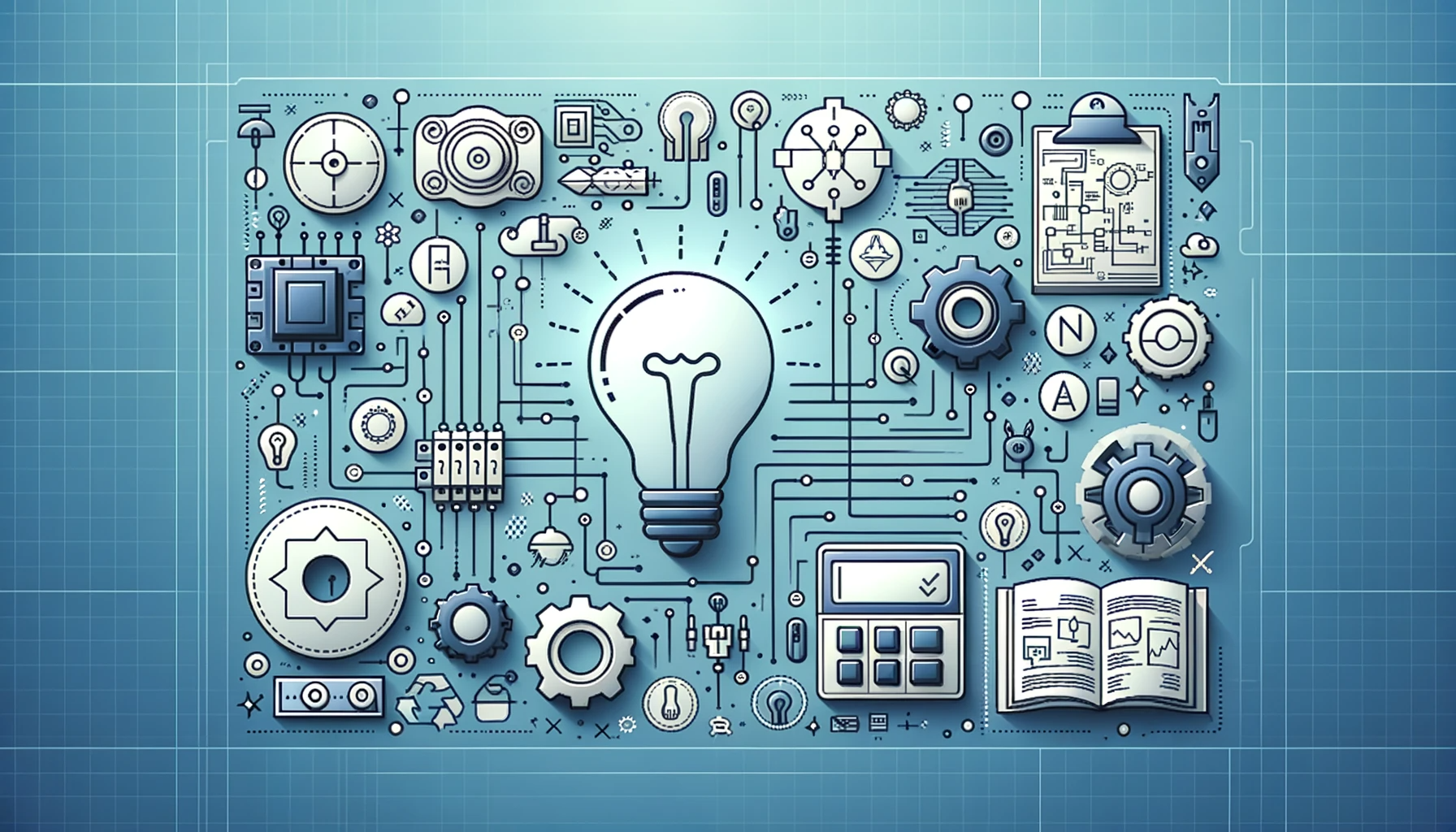Comprehensive Electrical Engineering Design Services for Residential and Industrial Needs
Wiki Article
Cutting-edge Electric Design Services for Modern Framework
The development of modern facilities necessitates ingenious electrical design services that not just boost operational performance yet additionally address sustainability difficulties. As city environments expand progressively complicated, incorporating innovations such as smart grids and renewable resource sources becomes critical. These innovations not only promise to enhance power usage however additionally foster durability against future needs. The landscape of electric design is undertaking quick makeover, motivating a closer evaluation of arising patterns and their ramifications for long-lasting facilities feasibility. What might the future hold for those who welcome these cutting-edge techniques?Importance of Cutting-edge Electric Design
Cutting-edge electrical design plays a vital role in modern infrastructure, affecting not just effectiveness however also sustainability. As cities advance and the need for power increases, the need for sophisticated electrical systems comes to be paramount. These systems have to not just satisfy current needs but additionally anticipate future development and technical innovations.A well-executed electric design can significantly decrease power intake, thus decreasing functional costs and reducing environmental impact. By incorporating renewable resource resources, such as solar panels and wind generators, ingenious styles can improve power independence and durability. Moreover, clever grid modern technologies permit for real-time tracking and monitoring of energy distribution, optimizing performance and minimizing waste.
Security is an additional essential facet of electric design. Carrying out strenuous criteria and advanced innovations can alleviate threats linked with electrical failures, ensuring a safe and secure setting for locals and businesses alike. Furthermore, innovative styles help with versatility, permitting facilities to incorporate emerging innovations seamlessly.
Key Fads in Electric Design
As the landscape of electric design continues to evolve, a number of essential fads are forming the future of the industry. One considerable trend is the assimilation of clever technology into electrical systems. The proliferation of the Net of Things (IoT) has actually made it possible for real-time monitoring and control of electric tools, boosting effectiveness and facilitating predictive upkeep.An additional pattern is the expanding emphasis on modular design. This method permits for versatile and scalable options, enabling facilities to adjust to transforming demands without comprehensive improvements. In addition, making use of advanced simulation tools and Structure Details Modeling (BIM) is ending up being significantly widespread, enhancing the design process and enhancing cooperation amongst stakeholders.
In addition, innovations in materials science are bring about the advancement of lighter, more durable, and energy-efficient elements. This innovation is particularly vital for high-performance buildings and facilities jobs.
Finally, there is a marked shift towards data-driven decision-making - industrial electrical design. Leveraging information analytics aids designers optimize systems for performance and cost-effectiveness. With each other, these patterns signify a transformative era in electrical design, enhancing capability, sustainability, and resilience in modern infrastructure
Sustainable Power Solutions
Lasting power remedies are increasingly becoming a crucial emphasis in electric design, showing a wider commitment to environmental responsibility and source efficiency. These options intend to reduce environmental influence while maximizing energy usage in various infrastructures, from household structures to big industrial facilities.Among the foremost approaches involves the assimilation of sustainable power resources, such as solar panels and wind generators, into electric systems. This not only lowers dependency on fossil gas but additionally enhances energy resilience. Furthermore, innovative energy storage space systems, such as advanced batteries, allow reliable management and circulation of power, guaranteeing that surplus power generated throughout top manufacturing can be made use of throughout high demand durations.
In addition, energy-efficient design methods are being adopted to improve total system efficiency. This consists of using energy-efficient illumination, heating and cooling systems, and smart structure technologies that adapt and keep track of power use based on occupancy and ecological conditions.
Smart Grid Technologies
The application of lasting power solutions normally causes the exploration of smart grid innovations, which play an essential function in improving electric systems. Smart grids utilize progressed interaction innovations and information analytics to improve the integrity, effectiveness, and sustainability of power circulation. By integrating digital innovation with standard grid facilities, these systems facilitate real-time surveillance, automated control, and boosted decision-making abilities.One of the crucial features of smart grids is their capacity to accommodate renewable resource sources, such as solar and wind power. This flexibility not only lowers reliance on nonrenewable fuel sources but likewise allows for an extra decentralized power production design. Furthermore, clever grids allow demand action programs, where customers can adjust their energy use based on real-time rates, consequently promoting energy conservation and reducing peak load needs.
Additionally, wise grid innovations boost grid durability by enabling quicker recognition and resolution of interruptions, eventually lessening downtime. With anticipating upkeep and analytics, energies can improve and enhance operations service shipment. As residential electrical design cities and communities continue to develop, smart grid modern technologies are essential for building a reliable and sustainable electric facilities that satisfies the demands of modern-day society.

Future-Proofing Infrastructure
To ensure long-term practicality and adaptability, future-proofing facilities is necessary in the quickly evolving landscape of electrical design solutions. As innovation breakthroughs and energy needs shift, it is important that electrical systems are developed with adaptability in mind. This involves incorporating scalable services that can fit future upgrades without necessitating extensive overhauls.
Additionally, sustainability must be a keystone of future-proofed styles. Utilizing renewable resource sources, such as solar and wind, and maximizing power performance reduce dependency on fossil gas, straightening with global efforts to deal with climate modification.
Verdict
To conclude, cutting-edge electrical design solutions play a pivotal duty in forming contemporary framework. By prioritizing performance, sustainability, and flexibility, these services attend to the progressing needs of energy systems. The integration of clever grid innovations and lasting power remedies improves resilience and decreases functional costs. Future-proofing framework through innovative simulation tools and modular strategies makes certain that electrical systems stay responsive to altering requirements, ultimately adding to a much more lasting and energy-independent future.A well-executed electrical design can significantly reduce energy intake, consequently reducing operational expenses and lessening environmental effect. By incorporating eco-friendly energy sources, such as solar panels and wind turbines, cutting-edge styles can enhance power freedom and resilience. Furthermore, innovative power storage space systems, such as sophisticated batteries, enable effective management and circulation of power, guaranteeing that excess power generated throughout top manufacturing can be made use of during high need periods.
Wise grids make it possible for demand response programs, where customers can change their energy use based on real-time rates, thus advertising energy preservation and reducing peak load demands. (residential electrical design)
As innovation developments and power demands shift, it is critical that electrical systems are designed with versatility in mind.
Report this wiki page